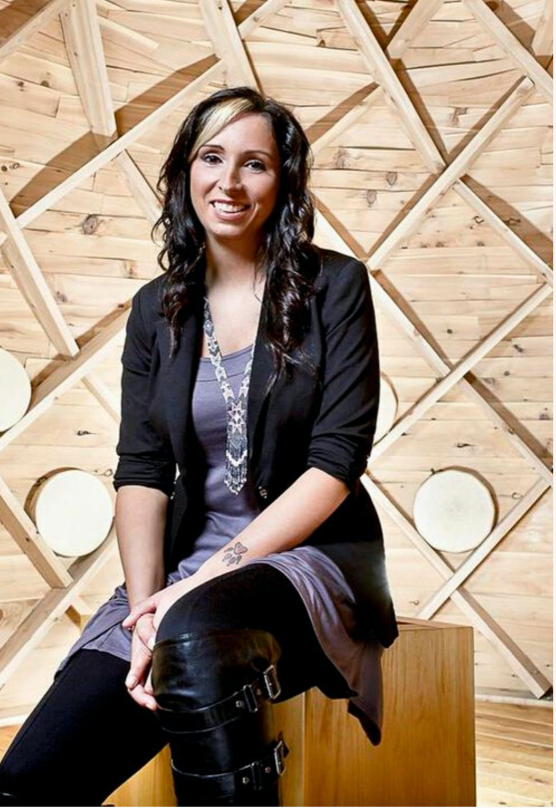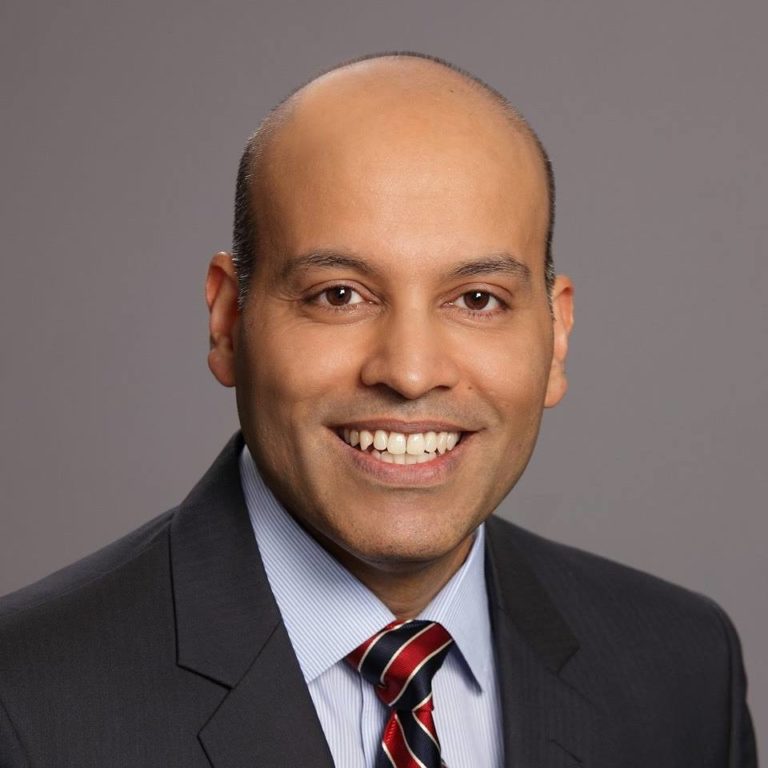Over the last few decades, we’ve made progress towards gender equality in the workplace, and shifted our focus from ‘why’ we should be doing it to ‘how’ it can be done. The path that will most likely lead to success? One that includes men — as leaders, champions, and allies. Here’s why and how we’ll do it.
By Hailey Eisen
In 1977, John T. Malloy published a bestselling guide calledThe Woman’s Dress For Success Book.
His advice amounted to a feminized version of male office attire — hair above the shoulder, a “man-tailored” blouse, a scarf, a skirt-suit — creating a uniform for women that downplayed their gender in a non-threatening way.We’re like you, but we’re not trying to be you,it said.
The book opened with a disclaimer that it was not at all sexist, just reflective of the reality of the time. “If women control a substantial hunk of the power structure in ten or fifteen years,” Malloy stated, “I will write a book advising men how to dress in a female-dominated environment.”
At least he was optimistic about the speed at which women would be advancing. In reality, it took longer than 10 or 15 years to just shift our focus away from “fixing women” to creating workplaces that work for everyone. But today, we are on that path.
In the past few years, we’ve stopped arguing about whether there’s a business case for diversity, and have started talking about gender equality as a business imperative — delivering better problem solving, increased collaboration, greater innovation, better governance and compliance, and overall higher financial performance. Corporations, SMEs, government, investors, and individuals are stepping up to the challenge of reaching economic gender parity. And there are more organizations that are calling for and supporting change, from broad efforts to focused initiatives.
“The question is not about ‘if’ or ‘why’ gender balance is important; it’s so much more about how we make it real,” says Louisa Greco, a senior advisor at McKinsey & Company. Passionate about gender balance and sponsorship, she’s also on the Advisory Committee for the30% Club Canada, a campaign with the aspirational goal of 30% of board seats and C-Suite positions to be held by women by 2022.
The 30% Club wants to avoid the need for quotas. Instead, they are building a strong foundation of business leaders who are committed to meaningful, sustainable gender balance. If you scroll through their directory of members, some might be surprised to find more men than women. But in this case, it’s a good sign — and necessary for success.
“Men lead 95% of the world’s organizations and therefore have the power to make change,” explains Tanya van Biesen, Executive Director of Catalyst Canada. “Not change for change’s sake, but meaningful change that will expand their talent pools, their levels of productivity and innovation, and their contribution to just and fair societies.”
And, Tanya says, if you look at gender inequality not as a women’s issue, but as society’s issue, “all of society must take part in making progress.” So the question becomes: How do we encourage more men to get involved?
“Men lead 95% of the world’s organizations and therefore have the power to make change.”
“It does help to frame the issue in a way that promotes the understanding that equality and inclusion are not just ‘women’s issues,’ they are ‘people issues’ and ‘business issues,’” suggests Rahul Bhardwaj, CEO and President of the Institute of Corporate Directors (ICD). “If we start from there, the quality of engagement will be much better.”
The ICD mandate is to actively promote the idea that strong boards make strong organizations, and ultimately a better country. Supporting the 30% Club Canada is a logical partnership for the organization, says Rahul, because of the impact diversity can have on board performance, and specifically, innovation.
“Canada’s prosperity depends in large part on innovation, and innovation requires new ways of thinking — diverse thinking.” says Rahul. “If your directors aren’t focused on innovation and helping you to think in new ways, your company will be left behind.”
Diversity as an enabler of innovation makes a strong business case, but it’s not the only thing that drives Rahul’s support of gender equality. “On a personal level, a strong woman raised me. My mother played a significant role in the community and did so with a lot of grace and courage despite some of the challenges of that time,” explains Rahul. “I’m also a husband and a father of a daughter and I’d like to know that all opportunities for professional growth are available to them, regardless of gender.”
These aren’t uncommon outcomes. According to research, having a working mom that acts as a strong female role model changes a man’s perception of gender roles, and having a daughter tends to push men towards more progressive views on gender.
For Spencer Lanthier, it is a matter a fairness. He’s the Former Chairman and CEO of KPMG, as well as the Founding Chair of the 30% Club Canada — although his views might peg that percentage goal even higher. “Women make up half the population,” he says, “so it’s only right that they would make up half the C-Suite roles and board seats.”
He came on board in 2015 after being approached by the team of Brenda Trenowden, the organization’s Global Chair. Spencer saw the 30% Club campaign “as a way to heighten awareness of the issue as well as to bring about change in a measurable manner, allowing organizations to do the right thing and experience the benefits that come with gender balanced leadership.”
“It’s a simple matter of math — to make gender diversity a core value and drive meaningful, lasting change, men need to be part of the solution.”
Whatever their motivations, leaders and organizations are starting to do the right thing. Looking at TSX-listed companies in Canada, Osler’s 2018 Diversity Disclosure Practices report found that women held 16.4 per cent of board seats in 2018, up from 14.5 per cent the year prior. The stats are even more encouraging for S&P/TSX 60 companies: women held 28.4 per cent of board seats in 2018, as compared to 26 per cent the year prior. These numbers represent progress — but they also show that we still have work to do. Board directors tend to blame a lack of qualified female candidates, but this is an excuse that’s easily proven wrong.
“Women have earned upwards of 60% of university degrees in Canada for the last 30 years,” says Tanya. “These women are well educated, ambitious and engaged, yet they continue to be underutilized and undervalued in the workplace, to the detriment of our economy and society. Women have all of the capabilities and smarts to be successful, alongside men, but our workplaces and our societal expectations are lagging their ambitions.”
In 2017, leading not-for-profit organizations focused on research, advocacy and education in the areas of governance and gender diversity joined together to form the Canadian Gender and Good Governance Alliance. The aim of the Alliance was to coordinate and amplify their impact in their efforts to achieve gender parity on boards, in executive positions, and throughout Canadian organizations. They have launched curated best practice tools for boards in the Directors’ Playbook and for organizations in the CEO Blueprint. These serve as guides for today’s leaders to become champions of change — leaders who are mostly men.
Yes, some of these men have far to go before they’ll be convinced to tackle gender equality. But many men are already stepping up as allies and champions, and even as husbands, partners, and fathers, redefining the role of men and creating a more equal playing field for women.
“For sustainable progress, to make gender diversity a core value and drive meaningful, lasting change, men need to be part of the solution,” says Louisa. “And I firmly believe that, together, we’ll all benefit. If we ensure women are successful, men will be more successful, too, and broader business performancewill reflect the positive benefits of this.”
This article is just the beginning. Over the next year, the 30% Club Canada and Women of Influence are partnering to explore the role of men, amplifying our efforts by joining together. We’ll be sharing the stories of allies — men who are pushing for gender equality in the workplace, or making it happen in their own business. These Champions of Change can act as visible role models, inspiring and guiding other men to follow in their footsteps. If we’re going to level the playing field, we need men to be engaged.






















